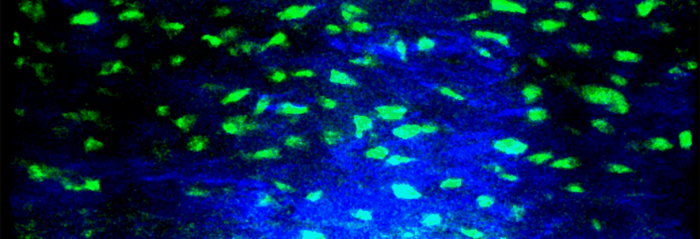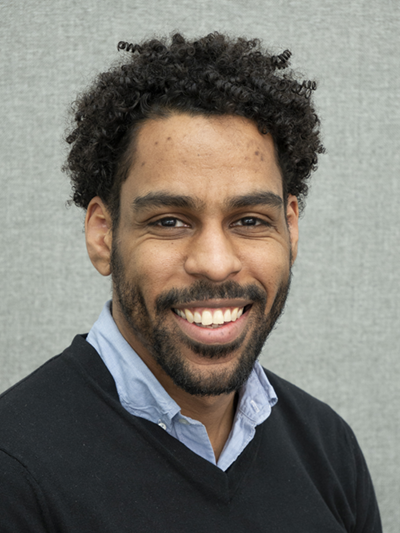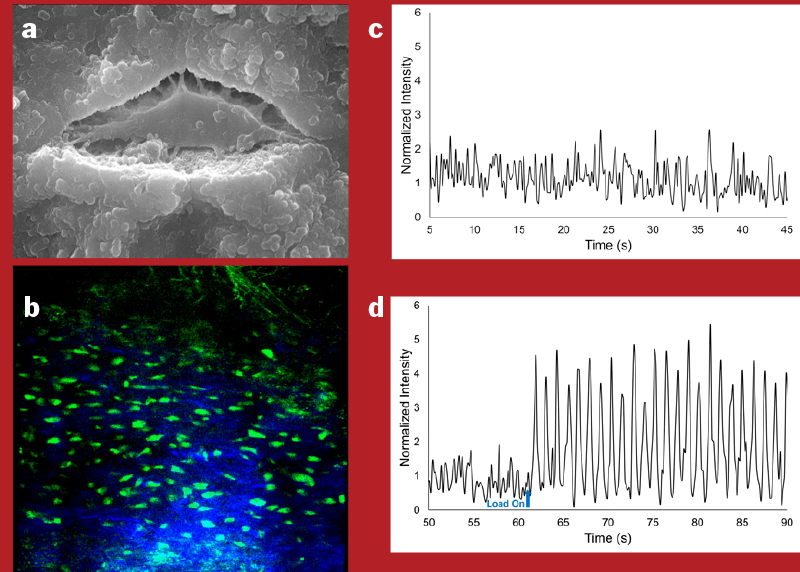
New Faculty: Karl Lewis

Karl Lewis joined the Meinig School as an assistant professor in July 2020. His research interests center on understanding the interplay of mechanical cues and biological changes in musculoskeletal tissues.
A trained mechanical engineer, Lewis is inspired by the opportunity for discovery within the human body. “There is so much we don’t know about the human body,” says Lewis. “I like when people say ‘we don’t know how this thing works,’ because I want to then go figure it out.” He views the body as a system of sub-systems with a wide range of input and output signals. Cytokines, neurotransmitters, and hormones are some of the signals available for the body to use. Mechanical forces can modulate these signals and are critical for the health of musculoskeletal cells. With this in mind, Lewis’s work seeks to understand how the acute sensing mechanisms in musculoskeletal cells relate to tissue-level changes in healthy and disease states. To interrogate these questions, Lewis works with two-photon micrsocopy, a cutting edge intravital imaging technique to observe cell signaling in real time. Using genetically modified mice, he and his collaborators are searching for proteins related to bone growth, development, and disease (i.e. osteoporosis).
Lewis comes to Cornell most recently from Indiana University School of Medicine, where he worked on two projects with Dr. Alex Robling as a post-doctoral fellow in the Department of Anatomy and Cell Biology. One project investigated the role of neurotransmitters in osteocyte mechanobiology using genetically modified mice bred in-house. The second project used intravital fluorescent imaging techniques to observe changes in osteocyte calcium signaling as a function of genetic modification or pharmacological intervention.
At Cornell, the Lewis Lab will continue this research in bone and also develop new intravital imaging techniques for studying mechanotransduction in other musculoskeletal tissues. The lab will interrogate how the acute sensing mechanisms in musculoskeletal cells relate to tissue-level changes in healthy and disease states, with the objective to use this knowledge to identify new targets for therapeutic intervention in musculoskeletal disease. Bone investigations will focus on understanding how bone cells interpret mechanical loading in real time using intravital imaging techniques. The lab will also work to understand how bone interacts with other neighboring tissues in the onset and progression of diseases like osteoarthritis and osteoporosis.
Outside of the lab and the classroom, Lewis likes to relax with good food, music, reading fiction, running, biking, and doing yoga. To learn more about Lewis and his research, visit
www.kjlewislab.com or on Twitter @karl_j_lewis.

b) Multiphoton image of fluorescently labeled osteocytes in vivo. These cells can be observed live under mechanical load to interrogate how they turn mechanical load into biological signals.
c) Typical Ca2+ trace for a single osteocyte before cyclic loading.
d) Ca2+ trace for a responsive osteocyte before and during cyclic loading.

